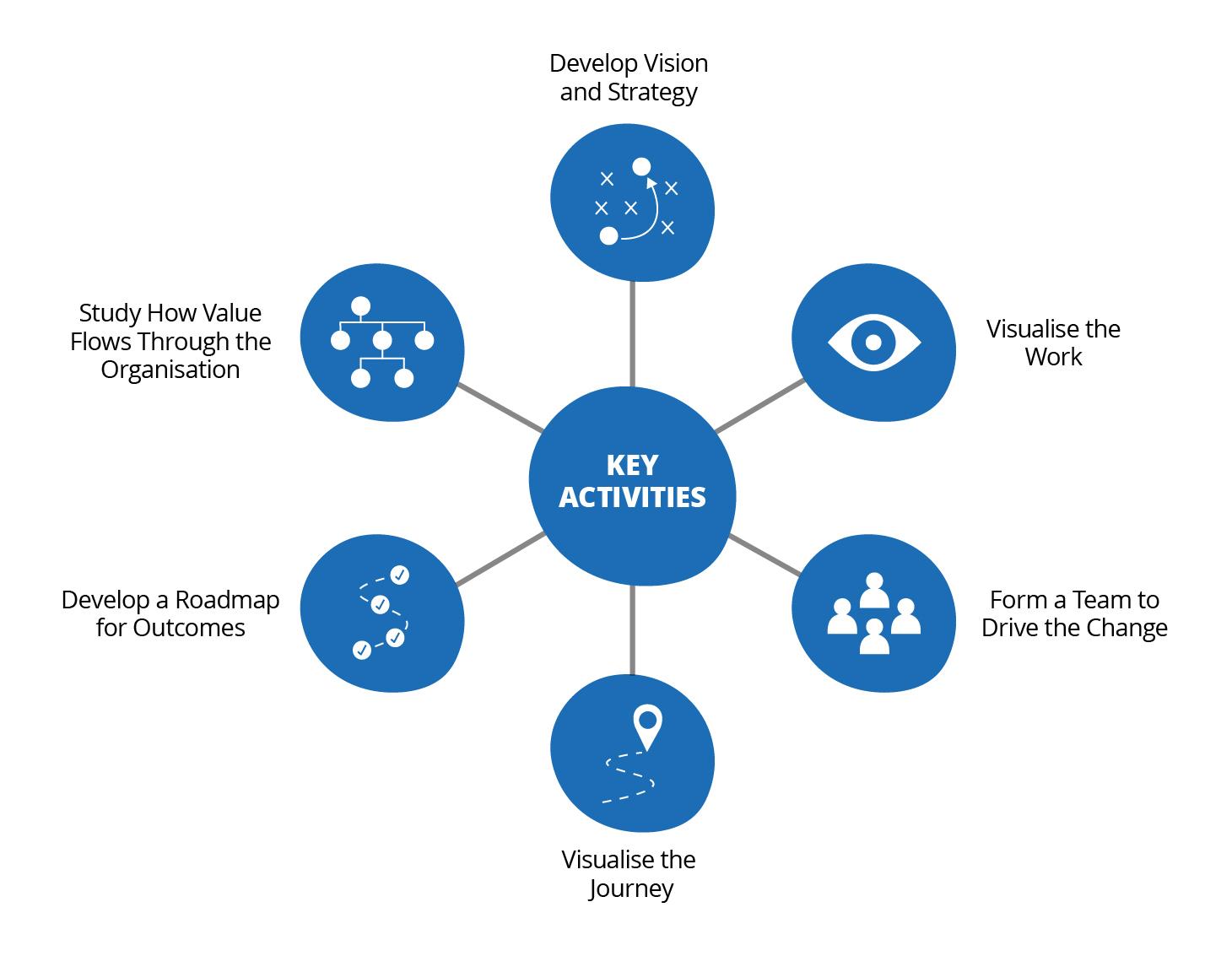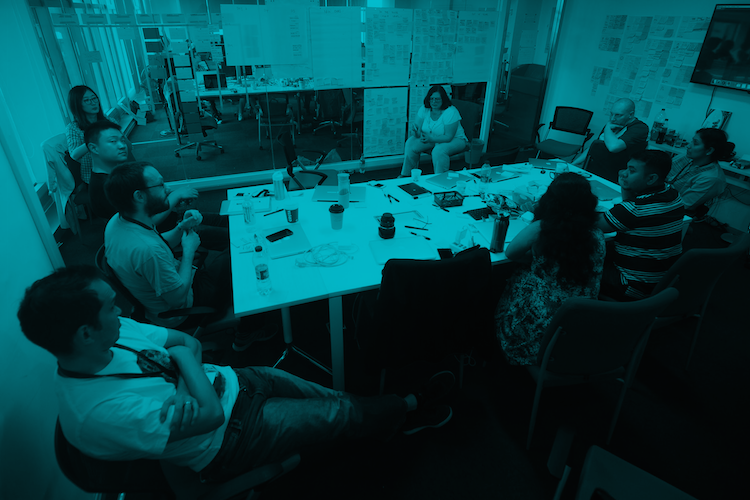Digital transformation
Pioneering Organizational Transformation: Here's What You Need to Know



Disclaimer: The statements and opinions expressed in this article are those of the author(s) and do not necessarily reflect the positions of Thoughtworks.
